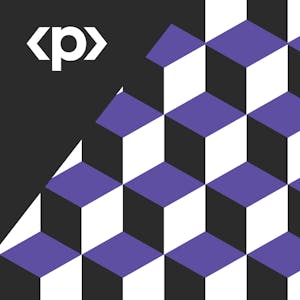Building Microservices API in Go
About this Course
If you\'re eager to advance your programming skills, mastering Go is essential in today\'s tech environment. This course offers a deep dive into Go programming, focusing on building efficient and scalable microservices using REST-based APIs. - You\'ll explore security best practices, including authentication, authorization, role-based access control, and JWT token generation. - You\'ll covers unit testing techniques, such as state-based testing, testing routes and services, and using mocks and stubs. - Additionally, you\'ll learn about logging and error handling, creating Go modules for better code organization. - You\'ll modularize your code with the banking-lib module, integrate it into your APIs, and understand Claims domain objects and refresh tokens for secure access. By the end, you\'ll be proficient in building secure, reliable Go applications and optimizing code organization. Ideal for developers, college students, and IT professionals, this course elevates your Go programming and microservices skills.Created by: Packt

Related Online Courses
Finding meaningful work and happiness in the AI age depends on you - your ability to learn, unlearn, and re-learn at the pace of technological change. Follow Edward D. Hess, Professor Emeritus of... more
In the course \"Artificial Intelligence in Social Media Analytics\", learners will explore the intersection of artificial intelligence and social media analytics, equipping them with essential... more
This course is best suited for individuals who have a technical background in mathematics/statistics/computer science/engineering pursuing a career change to jobs or industries that are data-driven... more
Embark on a journey through the intricate landscape of the Scaled Agile Framework with the \"Introduction to SAFe: Navigating Scaled Agile Framework\" course, designed to provide participants with... more
The Unordered Data Structures course covers the data structures and algorithms needed to implement hash tables, disjoint sets and graphs. These fundamental data structures are useful for unordered... more








